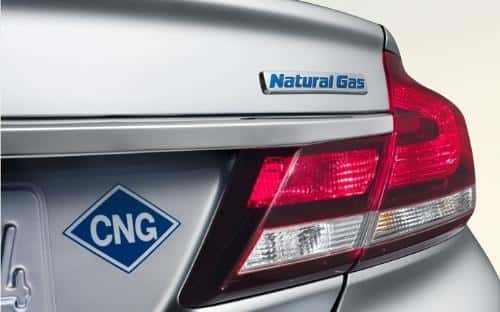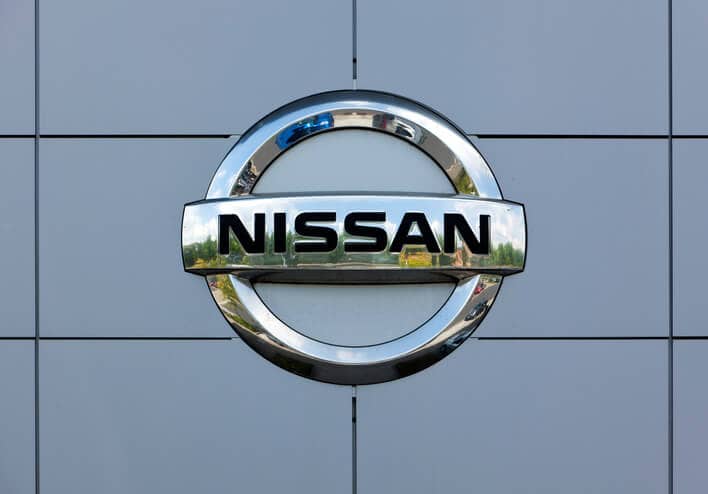In comments submitted to the U.S. Environmental Protection Agency (EPA), Department of Transportation and the California Air Resources Board, natural gas fueling station developer VNG outlined a vision for ways in which natural gas vehicles (NGVs) can provide long-term fuel cost savings for light-duty vehicle drivers while delivering game-changing reductions in greenhouse-gas emissions and petroleum dependency.
According to VNG, these comments address significant omissions in the Draft Technical Assessment Report recently released by the agencies, which focuses almost entirely on progress with gasoline and electric vehicles while missing the dramatic transformations already underway for NGVs.
The compressed natural gas (CNG) fueling service provider grouped the potential benefits of NGVs under four major headings:
NGVs are an ideal alternative for light trucks: Pickups and other light trucks account for over 50% of light-duty vehicle sales, but there are not expected to be any electric pickups for the foreseeable future due to the weight and cost added by battery systems. By contrast, NGVs are a proven low-emission alternative for pickups, and leading NGV manufacturers are pursuing engine designs to yield even lower emissions and greater efficiency by taking advantage of the high-octane, clean-burning properties of CNG.
Game-changing emissions from renewable natural gas: In the past five years, renewable natural gas (RNG) captured from landfills, dairy farms and wastewater plants has gone from a niche fuel to providing over 35% of NGV fueling nationally and over 60% of NGV fueling in California – and these figures are expected to continue to rise. Like other forms of renewable energy, RNG provides ultra-low lifecycle greenhouse emissions, with reductions of 70% to 130% compared with gasoline.
Synergies with hydrogen: Hydrogen is a compressed, gaseous fuel like CNG, and there are many synergies between the development of the NGV market and the nascent market for hydrogen fuel cell vehicles. These synergies include fuel storage tank development, refueling station design and equipment manufacturing, and shared pathways for the production and use of RNG, as well as “power-to-gas” applications that can turn solar and wind power into synthetic gaseous fuels.
Ability to address used vehicles: Because conventional gasoline-fueled vehicles can be converted to CNG at any point in their life, there is an opportunity for regulators to reduce emissions and petroleum consumption from used vehicles. Older vehicles are generally the most polluting and least fuel-efficient vehicles on the road, and retrofitting these vehicles for CNG could deliver greater benefits than regulations focusing on new vehicles alone.
To view the comments submitted by VNG to the EPA, click here.







